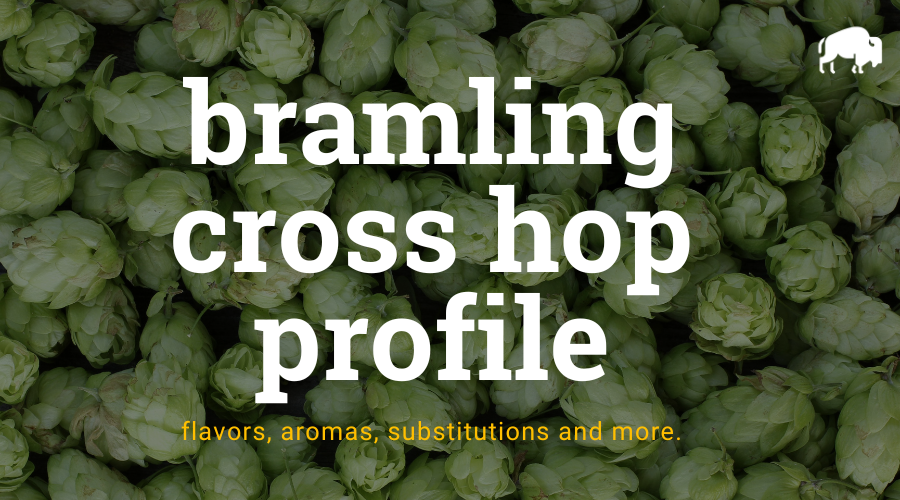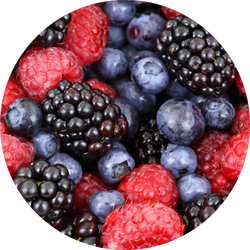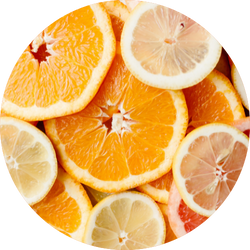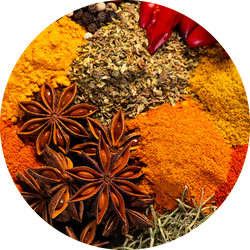
Bramling Cross hops are a hop variety that was first harvested in 1927 at Wye College in the UK. It is a cross between Golding and a wild Manitoban hop. It has a distinctive aroma and flavor notes, including blackcurrant, loganberry, grapefruit, vanilla, gooseberry, and lemony citrus. It is suitable for cask-conditioned recipes and Christmas and fruit beers.
When used in large quantities, it exhibits complex fruity notes of lemon, blackcurrant, and pear, and some brewers have also recorded notes of blackberries and plums. It is an excellent experimental hop for brewers as a late or dry hop addition.
Bramling Cross is wilt-tolerant and was bred for its good yield, early ripening, tolerance to wilt, and some resistance to mildews, making it a popular hop variety for many growers in Kent to start the picking season.
| Usage: | Dual-Purpose |
| Country of Origin: | United Kingdom |
| Hop Growers Code: | OT 48 |
Where To Buy Bramling Cross Hops
Bramling Cross Flavor And Aroma
Bramling Cross is a dual-purpose hop that is often described to have the following aroma characteristics:

blackcurrant, loganberry

lemon

spicy
Bramling Cross Hop Oil Breakdown
Hop oils can vary from year to year and farm to farm but based on our research, here are the typical values we have seen reported. This information comes from various hop farms, The Hop Aroma Compendium, and For The Love Of Hops.
| Alpha Acid % (AA) Alpha acids are what is isomerized when boiling to create bitterness in beer. | 5% – 7.8% |
| Beta Acid % Beta acids are what give hops their more aroma and flavor compounds. | 2.3% – 3.2% |
| Alpha-Beta Ratio This ratio of alpha acids to beta acids determines how quickly bitterness fades during aging. Lower ratios are common for aromatic varieties. | 2:1 – 3:1 |
| Co-Humulone as a % of Alpha Higher numbers are said to impart a harsher bitterness. | 33% – 35% |
| Total Oils (mL/100g) With more total oils, typically comes a more complex hop profile but these are highly volatile compounds. | 0.7mL – 1.2mL |
| Myrcene green, resinous | 35% – 40% |
| Humulene woody, piney | 28% – 33% |
| Caryophyllene woody | 14% – 18% |
| Farnesene floral | 0% – 1% |
| Other Oils: Includes beta-ionine, beta-pinene, limonene, linalool, geranoil & selinene | Data Not Available |
| Hop Storage Index (HSI) The HSI indicates the percent of alpha and beta acids lost after 6 months of storage at room temperature (68°F or 20°C). | Retains 60%-70% alpha acid after 6 months storage at 20ºC (68ºF). |
| Hop Storage Index (HSI) Rating | Fair-Good |
Bramling Cross Hop Substitutions
Replacing one hop for another is seldom straightforward but sometimes you don’t have the right hop or the right quantity of hops for the beer you want to make. For those situations, we have made a comprehensive list of hops to substitute on brew day.
These substitutions aren’t perfect as hop chemistry is pretty complex.
We wanted to make this list of substitutions with varietals that are easy to find when possible. For Bramling Cross, we recommend substituting with the following hops:
Beer Styles
For the most part, any hop could have a place in just about any beer style. Based on popular beers, historical usage, and our own preferences, we would recommend using Bramling Cross for IPA, New England IPA, Pale Ale, Wheat Beer, Golden Ale. That being said, experiment and see what works best for you.
References
https://www.hopslist.com/
https://www.ars.usda.gov/
https://www.brewersassociation.org/
https://www.barthhaasx.com/
https://www.yakimachief.com/
Hieronymus, Stan. For The Love of Hops. Brewers Publications, 2012
The Hop Aroma Compendium. 2012


